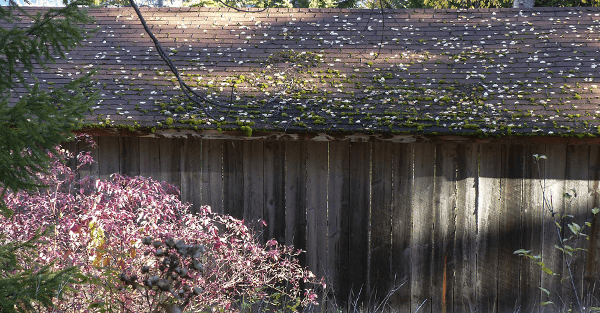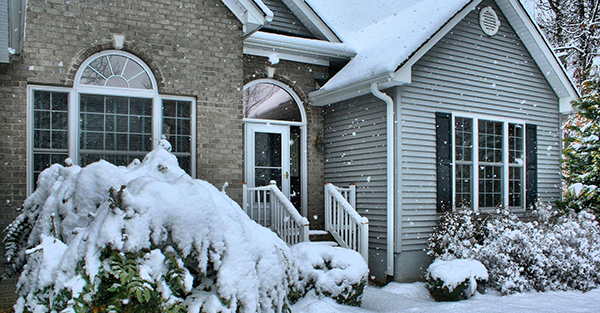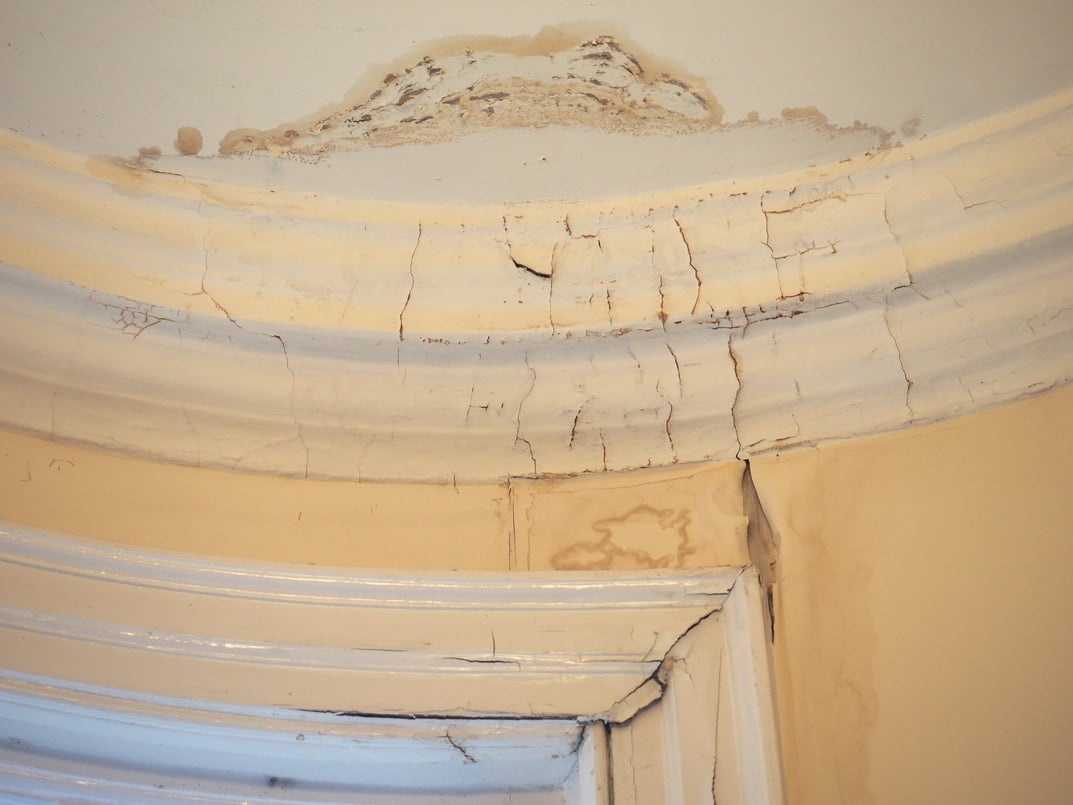
People from all over the United States have experienced the annoying problem of having moss and algae grow on their roofs. These nuisances, unfortunately, are capable of growing on many types of roofing materials, including wood, asphalt, concrete, clay, and metal. They tend to grow more in areas that experience higher levels of humidity throughout the year, particularly in the summer. Rainfall and shade from nearby trees often allow moss and algae to live and grow more abundantly. If you have either of these living on your roof, it is important to have them removed before they cause extensive damage.
Removing Moss & Algae from Your Roof
Moss
Moss can shorten the lifespan of your roof by damaging wood and asphalt materials, so it is vital to get rid of it before this happens. Thick areas of moss on the roof grow shallow roots that keep an area damp, which can lead to wood rot and asphalt deterioration if not addressed in time. Make sure you have your roof inspected yearly so that you can catch any signs of this little monster before it has time to harm your roof.
Removing Moss
Moss is simple and easy to remove. It is wise, however, to consult a professional to remove the moss and clean your roof and avoid the danger of climbing up on the roof yourself. If you do choose to do your own roof maintenance, grab a bristle scrub brush, and use it to shove the moss down and off your roof. This will tear the roots from the shingles. Always work in a downward motion. If you scrub upward, you could break the bonds between the shingles on your roof, opening up a whole other can of worms. After removing the moss, inspect the areas between your shingles where they overlap to see if the ceramic granules are still in place. If the interior mat is exposed, it may be time to replace your roof. Have a professional come and do a proper inspection to know for sure.
Algae
Black and green algae are other parasites that latch onto the roof. Fortunately, these usually are not harmful to your roof; they just make it look bad. Algae have no roots, so they are merely a surface issue. When it comes to removing the algae, green is a lot easier to remove than black.
Getting Rid of Algae
To remove the algae, if you are doing it yourself, use oxygen bleach, a non-toxic alternative to chlorine bleach. Chlorine bleach is harmful to both your roof and the environment. It can bleach the color out of areas of your roofing materials, kill plant life that it contacts if it runs off the roof, and can also cause corrosion to metal gutters and downspouts. Oxygen bleach, on the other hand, is a powder substance that is mixed with natural water. Apply it to infected areas on a cool day when the sun is not directly hitting the rooftop. Overcast days are preferable. Keep the bleach on the roof for about twenty minutes, and then remove it. This will probably get rid of most or all of the algae. If not, reapply the solution following the same procedure until it is removed entirely.
Bare in mind that cleaning your own roof can be dangerous. Wet algae can be very slippery, so be sure you are confident in your abilities before attempting roof maintenance on your own. While cleaning, sit down rather than standing on the roof so that you are less likely to lose your balance and fall, and wear shoes with good traction. Do not use power washers to clean. These can cause extensive damage your shingles and roofing system. If you have any questions or concerns about your roof or maintenance needs and live in the Ankney or Ames area, contact Hedrick Construction, located in Huxley, today.








Comments